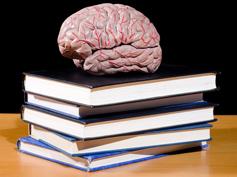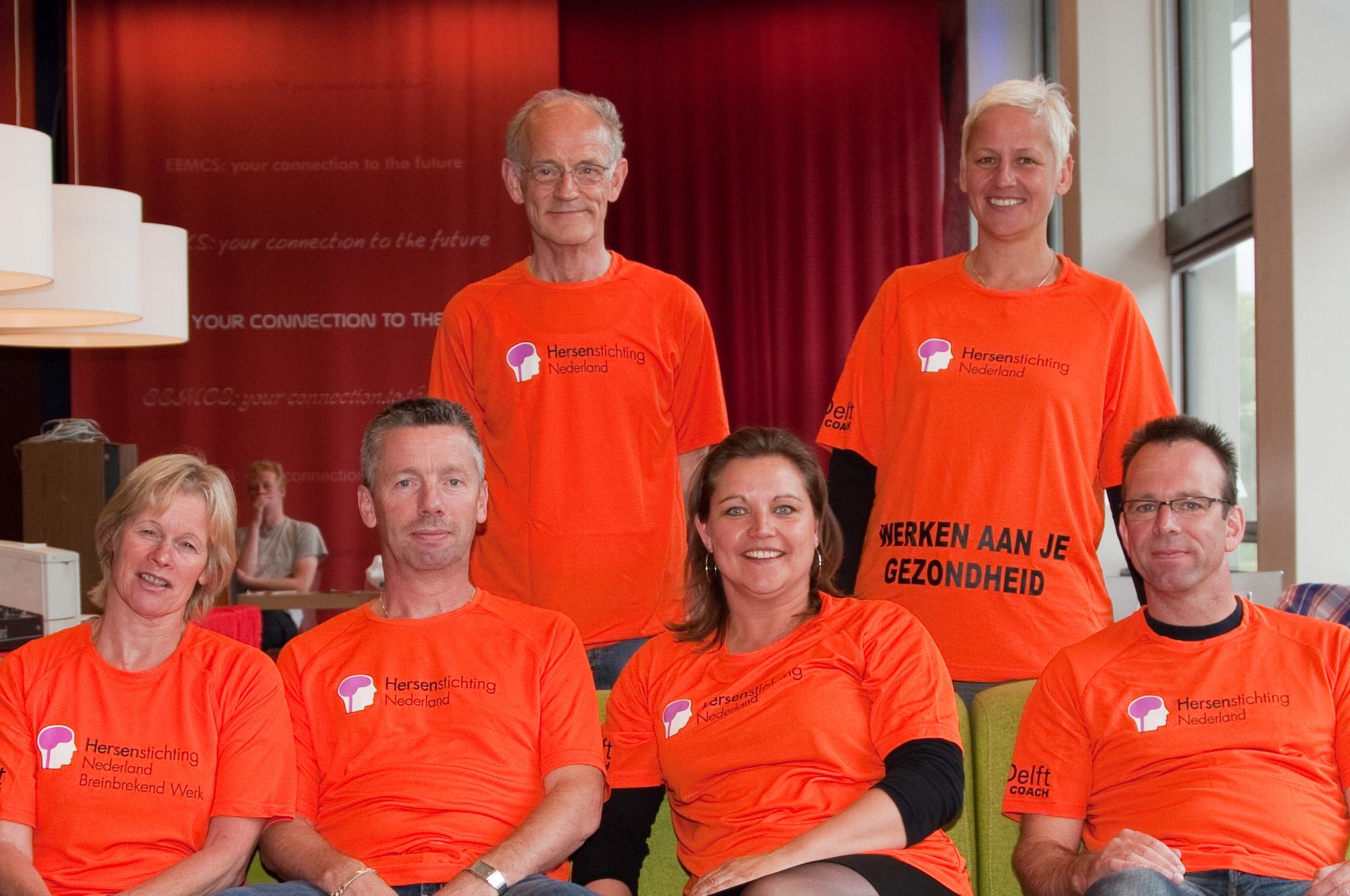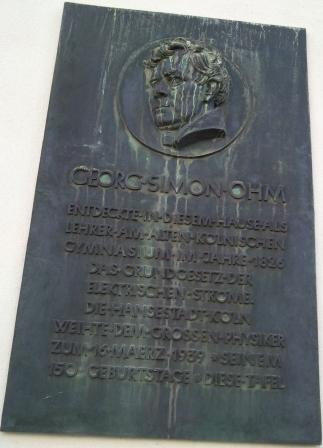 With this promising statement of Michio Kaku ends a video cut that I made from a TV documentary entitled "2057 The Body" and which I use inside a presentation on wearable and implantable medical devices. The documentary predicts that in the year 2057 we will be able to inject tiny wireless sensors and actuators inside the body thereby restoring the connectivity of the peripheral nervous system and be able to use our senses and control our muscles again.
With this promising statement of Michio Kaku ends a video cut that I made from a TV documentary entitled "2057 The Body" and which I use inside a presentation on wearable and implantable medical devices. The documentary predicts that in the year 2057 we will be able to inject tiny wireless sensors and actuators inside the body thereby restoring the connectivity of the peripheral nervous system and be able to use our senses and control our muscles again.
Last week, still 46 years away from the year 2057, it was reported in the Lancet that [from the UCLA Newsroom] "a team of scientists at the University of Louisville, UCLA and the
California Institute of Technology has achieved a significant breakthrough in
its initial work with a paralyzed male volunteer at Louisville’s Frazier Rehab
Institute — the result of 30 years of research to find potential clinical
therapies for paralysis.
The man, Rob Summers, 25, was completely paralyzed below the chest after
being struck by a vehicle in a hit-and-run accident in July 2006. Today, he is
able to reach a standing position, supplying the muscular push himself. He can
remain standing, and bearing weight, for up to four minutes at a time (up to an
hour with periodic assistance when he weakens). Aided by a harness support and
some therapist assistance, he can make repeated stepping motions on a treadmill.
He can also voluntarily move his toes, ankles, knees and hips on command.
These unprecedented results were achieved through continual direct
"epidural electrical stimulation" of the subject’s lower spinal cord, mimicking
signals the brain normally transmits to initiate movement. Once that signal is
given, the research shows, the spinal cord’s own neural network, combined with
the sensory input derived from the legs to the spinal cord, is able to direct
the muscle and joint movements required to stand and step with assistance on a
treadmill.
The other crucial component of the research was an extensive regime of
locomotor training while the spinal cord was being stimulated and the man
suspended over the treadmill. Assisted by rehabilitation specialists, the man’s
spinal cord neural networks were retrained to produce the muscle movements
necessary to stand and to take assisted steps.
[…]
Relief from secondary complications of complete spinal cord injury —
including impairment or loss of bladder control, sphincter control and sexual
response — could prove to be even more significant.
"The spinal cord is smart," said Edgerton, distinguished professor of
integrative biology and physiology and of neurobiology at UCLA. "The neural
networks in the lumbosacral spinal cord are capable of initiating full
weight-bearing and relatively coordinated stepping without any input from the
brain. This is possible, in part, due to information that is sent back from the
legs directly to the spinal cord."
This sensory feedback from the feet and legs to the spinal cord facilitates
the individual’s potential to balance and step over a range of speeds,
directions and levels of weight-bearing. The spinal cord can independently
interpret these data and send movement instructions back to the legs — all
without cortical involvement.
[…]
More than 5 million Americans live with some form of paralysis, defined as
a central nervous system disorder resulting in difficulty or inability to move
the upper or lower extremities. Roughly 1.3 million are spinal cord injured, and
of those, many are completely paralyzed in the lower extremities.
Epidural stimulation, in the context of paralysis of the lower extremities,
is the application of continuous electrical current, at varying frequencies and
intensities, to specific locations on the lumbosacral spinal cord corresponding
to the dense neural bundles that largely control movement of the hips, knees,
ankles and toes. The electrodes required for this stimulation were implanted at
University of Louisville Hospital by Dr. Jonathan Hodes, chairman of the
department of neurosurgery at the University of Louisville.

 Last Tuesday I saw an excerpt of an interesting episode on Dutch television about what happens with the human brain when it ages and in particular what happens with it in the unfortunate situation of Alzheimer’s disease. This episode, presented by the well-known and charming Dutch news presenter
Last Tuesday I saw an excerpt of an interesting episode on Dutch television about what happens with the human brain when it ages and in particular what happens with it in the unfortunate situation of Alzheimer’s disease. This episode, presented by the well-known and charming Dutch news presenter  With this promising statement of
With this promising statement of 

 Last week, I was in Köln, Koeln, Keulen or Cologne (depending on from which country you are) with my family and while on our way to the Dom, Cologne’s well-known cathedral, I bumped into one of the greatest heroes of electric circuit theory: Georg Simon Ohm. The sign says that "George Simon Ohm discovered, in this house, being a teacher at the Old Gymnasium in Cologne, in 1826, the foundation of electric current."
Last week, I was in Köln, Koeln, Keulen or Cologne (depending on from which country you are) with my family and while on our way to the Dom, Cologne’s well-known cathedral, I bumped into one of the greatest heroes of electric circuit theory: Georg Simon Ohm. The sign says that "George Simon Ohm discovered, in this house, being a teacher at the Old Gymnasium in Cologne, in 1826, the foundation of electric current." 
